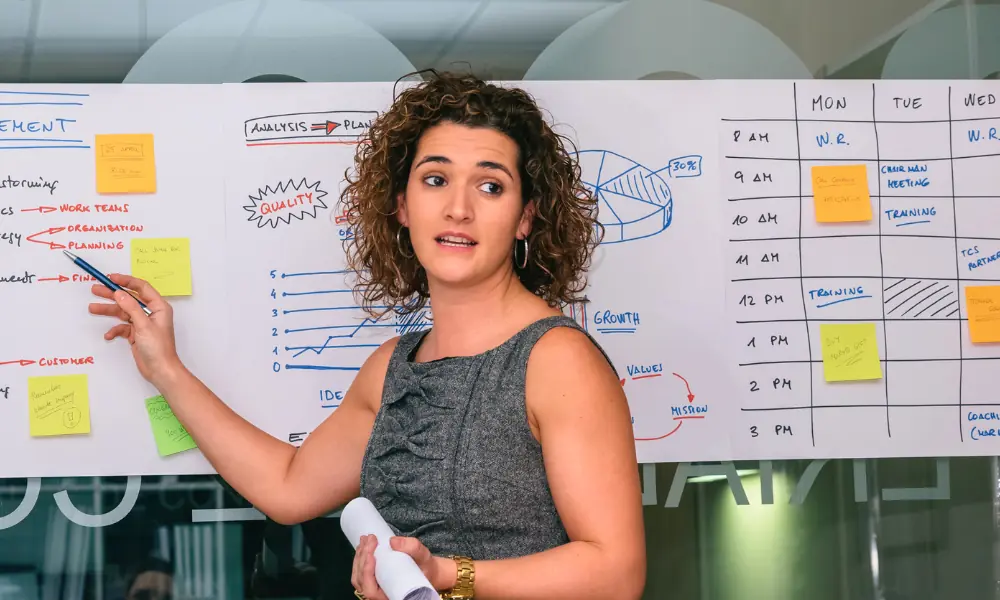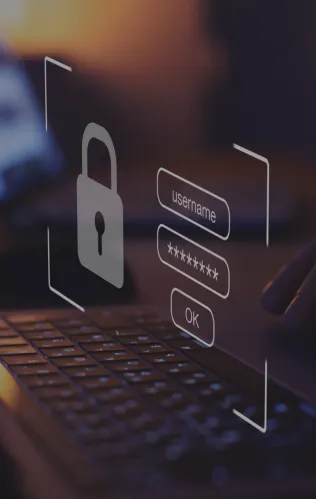Are your students truly prepared for the challenges of tomorrow’s world? As the world becomes ever more complex, students are required to adapt in ways that traditional educational approaches often struggle to facilitate. A recent study shows that Project-Based Learning (PBL) is 14% more effective than traditional learning practices. Traditional lecture-based approaches often fail to captivate the interest of students or demonstrate the practical relevance of their studies. Consequently, students may lack motivation, struggle to develop critical thinking skills and fail to see the connections between classroom learning and real-world applications. This disengagement can lead to a host of negative consequences. These include decreased academic performance, higher dropout rates, and an unprepared workforce ill-equipped to meet the demands of the modern world. By embracing PBL methodologies facilitated through Educational Management software, institutions can transform the learning experience.
Understanding the Foundations of Project-Based Learning
The innovative educational approach of PBL is centered on having students engage in hands-on projects. This practical outlook allows them to explore challenges in the real world. The core principles of PBL involve engaging students in inquiry, collaboration, and reflection throughout the learning process. Students are tasked with investigating complex problems or questions, often spanning multiple disciplines. Therefore, they are encouraged to devise creative solutions to difficult problems. This methodology enhances the understanding of academic content whilst promoting the attributes of critical thinking, problem-solving, and communication skills. All of which are essential for success in the modern and fast-paced dynamic world.
By immersing students in meaningful projects, PBL creates a sense of ownership and relevance in their learning journey. Students become active participants rather than passive recipients of knowledge, leading to increased motivation and engagement. Moreover, PBL promotes collaboration and teamwork as students work together to tackle challenges, mirroring real-world professional environments. Through this collaborative process, students develop interpersonal skills and learn to appreciate diverse perspectives.

How Educational Management Software can Assist Project-Based Learning
Educational Management software plays a crucial role in facilitating PBL within educational institutions. By providing a centralized platform for curriculum management, resource allocation, and student engagement, the software streamlines the workings of PBL education. Educational Management software offers integrated features such as assignment tracking, collaborative workspaces, and progress monitoring. These tools enable educators to create and manage PBL projects effectively. Students benefit from enhanced access to project materials, communication tools, and peer collaboration. This creates a dynamic learning environment conducive to active participation and knowledge creation. Additionally, this software enables assessment and feedback mechanisms, allowing educators to evaluate student performance. Timely support and guidance can then be provided throughout the project lifecycle, creating a provisional environment for an institution.
Classter’s Educational Management Solution to Improve Project-Based Learning
Classter’s Academic and Learning Management System offers a comprehensive suite of tools to implement and manage PBL. One standout feature is its streamlined mass communication capability, facilitated through the Academic CRM. This feature empowers educators to efficiently disseminate updates, notifications, and project-related information across multiple channels, ensuring seamless communication and collaboration among all stakeholders. By keeping everyone informed and engaged, Classter facilitates the smooth implementation of PBL projects, fostering a sense of community and shared purpose within the learning environment.
To support PBL implementation, Classter’s modules offer resource management features. Such tools include access to multimedia resources, collaboration tools, and project templates. Educators can take advantage of these resources to design and execute PBL projects that effectively address learning objectives. Whilst doing so, they also promote active engagement and hands-on learning experiences.
Moreover, Classter’s extensive integration capabilities further enhance its utility in supporting PBL initiatives. With over 40 integrations, including popular platforms like Office 365 and Moodle, the Academic CRM seamlessly integrates with existing educational systems, ensuring a cohesive workflow and maximizing efficiency.
Integrating Project-Based Learning into Curriculum Design
Integrating PBL into curriculum design improves the educational experience by creating an immersive and purpose-driven learning environment. A key aspect of this integration is aligning PBL projects with established learning objectives. Educators are required to map out how each project correlates with specific educational goals. Educational Management systems offer functionality for educators to extract information on how each PBL project aligns with specific educational goals. This feature allows educators to explicitly link project activities, tasks, and assessments to learning objectives. As a result, students get to actively work towards mastering essential knowledge and skills in addition to engaging in hands-on activities.
By integrating real-world scenarios, educators provide students with opportunities to apply theoretical knowledge in practical contexts. Ultimately this promotes a deeper understanding of concepts and enhanced knowledge retention. Additionally, embracing interdisciplinary connections encourages students to make connections across various subject areas, promoting a holistic approach to learning. For example, a project on environmental sustainability may involve elements of science, mathematics, and social studies. This enables students to explore complex issues from multiple perspectives.

Facilitating Collaborative Learning Environments
Through Educational Management software, teachers can create virtual spaces where students can collaborate on projects, share resources, and communicate seamlessly. By providing a centralized platform for collaboration, an Educational Management system streamlines the process of coordinating group activities, ensuring that students can work together efficiently.
Furthermore, Educational Management software plays a crucial role in encouraging peer feedback and collaboration, which are vital components of collaborative learning environments. By incorporating features such as discussion forums, chat functionalities, and peer review tools, this software enables students to engage in meaningful discussions and learn from alternate perspectives. Additionally, Educational Management software allows educators to monitor and facilitate collaborative activities. This guarantees that all students are actively participating and contributing to group projects. This enhances the understanding of the subject matter and also promotes a culture of mutual support within the learning community.
Maximizing the Project-Based Learning Impact with Digital Integration
Educational Management systems are essential tools for implementing and sustaining the practice of PBL within educational institutions. By providing a centralized platform for curriculum management and communication, the software streamlines the integration of PBL methodologies into the institution. Through features such as project tracking, collaborative workspaces, and assessment tools, the Educational Management software empowers educators to design, implement, and evaluate PBL initiatives effectively.
FAQ’s
PBL involves inquiry, collaboration, and reflection, engaging students in hands-on projects that tackle real-world challenges across multiple disciplines.
Prioritize features such as robust curriculum management tools, collaborative workspaces, project tracking functionalities, seamless communication channels, and integration capabilities with learning resources.
Classter’s Academic and Learning Management System includes streamlined mass communication, resource management tools, and extensive integration capabilities to enhance PBL implementation.






